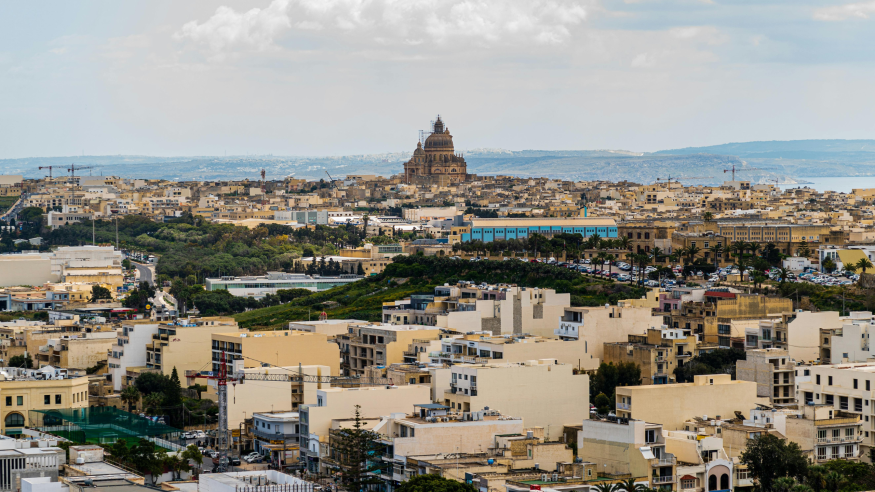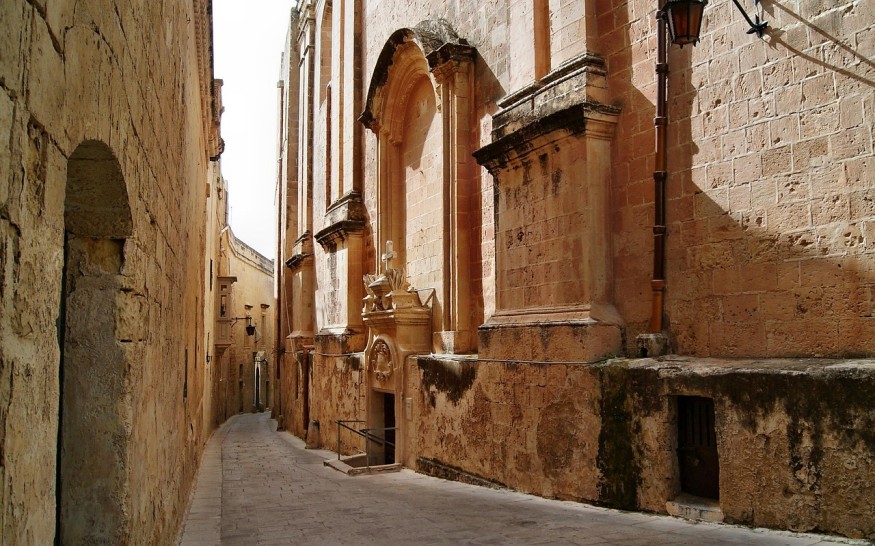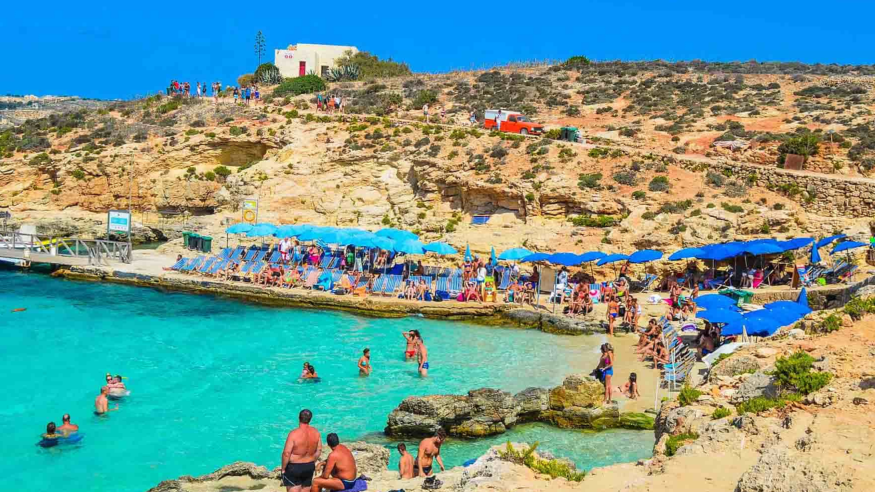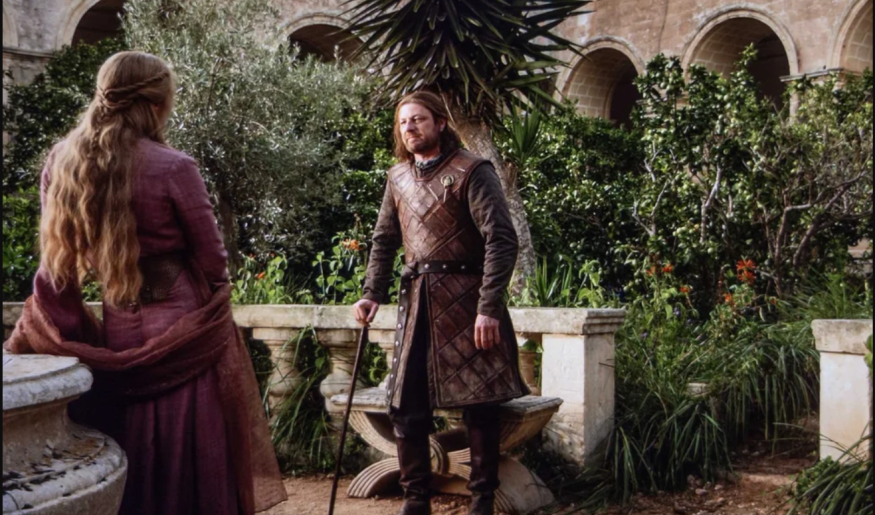
Once considered an alternative to Europe's major summer destinations, Malta is now witnessing a noticeable shift in global interest.
According to Times of Malta, the small island nation in the Mediterranean has reported a near 11% rise in tourism for June, and signs point to further growth ahead. Its location, size, and climate haven't changed, but how it is being perceived has.
In June alone, tourists reportedly spent a combined 2.5 million guest nights in the country, which is an 8.6 per cent increase over the same month last year, according to the National Statistics Office. Tourists from the UK, Italy and France accounted for 43.6 per cent of all arrivals, pointing to strong demand from European neighbours.
With a mix of historic sites, serene coastline, waterfronts and a rising status as Hollywood's favourite, Malta is gradually becoming a tourist favourite in Southern Europe.
Historic Cities and Compact Travel
Malta is made up of three main islands, with the largest being only 95 square miles in size, which may not sound like such an attractive trait to travellers who are concerned about the overcrowding situation. However, its compact nature eventually benefits visitors as they can easily explore the country's historic, cultural and coastal attractions without long travel times.

Valletta, the capital, is a UNESCO World Heritage Site and also the smallest capital in the European Union. Though only 0.24 square miles in size, it houses important landmarks such as St. John's Co-Cathedral, where Caravaggio's The Beheading of St. John the Baptist is displayed. The Grandmaster's Palace and the Upper Barrakka Gardens offer further glimpses into the island's past, while providing panoramic views over the harbour and the Three Cities across the bay.

Meanwhile, neighbourhoods flow into one another with little distinction. In the Three Cities, Vittoriosa, Senglea and Cospicua, narrow lanes, waterfront forts, and local markets all contribute to the feel of one continuous, walkable town. This conurbation effect is reported in other areas too, such as Mdina and Rabat, which sit side by side but serve different historical and cultural functions.
Natural Scenery and Beach Culture
Despite its small size, Malta has no shortage of beaches. Mellieħa Bay in the north is a favourite for families and sunseekers, while St. Julian's is known for its nightlife and beach clubs. For something isolating and quieter, the fishing village of Marsaxlokk offers a slower pace, local seafood markets, and colourful harbour views.

Nearby islands, Comino and Gozo, provide additional options for travellers. Comino's Blue Lagoon draws day-trippers for its turquoise waters, while Gozo features its own historic sites, such as the Ġgantija Temples, which predate the pyramids of Egypt. Ramla Bay and San Blas offer beach options away from the more crowded mainland spots.
A Strategic Player in Global Filmmaking
Another factor driving Malta's rising popularity is its growing reputation as a major filming location. Productions like Gladiator, Troy, and Assassin's Creed have all used Malta as a backdrop, and it continues to remain a top choice for many filmmakers around the world. The country's architectural mix, compact geography, and generous tax rebates, which are currently up to 40%, make it attractive to international studios.
Malta Film Studios, built in 1964 and home to large outdoor water tanks, remains a key part of this draw. The facilities have hosted scenes from Game of Thrones, Jurassic World: Rebirth, Gladiator II, and Netflix's upcoming Enola Holmes 3. With further expansion plans in place, the country is aiming to become a full-service hub for film production.

On the other hand, the Mediterrane Film Festival, held annually in June, is helping to push this reputation further. Celebrating 100 years of film in Malta this year, the event showcased screenings, industry panels, and location tours, eventually turning Malta into a live film set for attendees. Actor Russell Crowe, accepting the Malta Film Legend award, urged the country to continue supporting film education and training for young locals.
However, with no direct flights from the US, access for Americans still largely depends on connecting through European hubs. But with English as an official language and infrastructure steadily improving, Malta's appeal looks set to grow further in the years ahead.
Originally published on IBTimes UK
This article is copyrighted by IBTimes.co.uk, the business news leader



